Hip-pocket pain hurts retirees most
Self-funded retirees hit with sharpest rise in living costs since last federal election as prices for essentials surge.

Self-funded retirees are experiencing the sharpest rise in living costs since the last federal election, as the prices for essentials such as transport, food, health and home repairs surge.
According to household cost of living indexes compiled by the Australian Bureau of Statistics, self-funded retirees experienced a 5.5 per cent inflation rate from the June quarter 2019 until the end of last year.
Over the Coalition’s third term, employee households’ living costs rose by 2.6 per cent, as mortgage imposts tumbled and one-off pandemic childcare subsidies eased charges on parents.
Self-funded retirees spend twice as much of their budgets on health than the average household, as well as a higher share on leisure and transport, which rose by 6.5 per cent and 9 per cent respectively over the term.
This group of about two million Australians – whose principal source of income is superannuation or from property and are aged 55 and not in the labour force – spends proportionately much less of its income on housing and education than average.
Cost of living issues for older Australians often take a back seat to health as a concern for government action, but these voters are acutely focused on returns from nest eggs and retirement income rules, and are lobbying for policy changes in this month’s budget.
Eleven of the Morrison government’s 22 most vulnerable seats (with a margin below 6.5 per cent) have an above-average pool of people aged 65 and over.
Ultra-low interest rates for term deposits during the pandemic have cut incomes for retirees, who also face higher petrol costs and a range of price hikes for non-discretionary items such as food and health fees, where prices growth is running ahead of the broader consumer price index.
President of the Association of Independent Retirees Wayne Strandquist told The Australian rising living costs and stagnant incomes were squeezing members.
“Out-of-pocket health costs for self-funded retirees have been a concern for some time,” Mr Strandquist said.
“Premiums have been rising at a rate above the CPI so the gap between the rebate and the cost is getting wider and wider.”
Mr Strandquist said given retirees were unable to travel overseas during the pandemic, the popularity of domestic driving holidays meant high fuel prices were a source of hip-pocket pain.
As well, the Pharmaceutical Benefits Scheme safety net threshold of $1542, after which medicine prices are heavily reduced, is the same for singles and couples or families.
AIR is calling for a reduction in the threshold for single people.
On the income side, Mr Strandquist said cash-strapped independent retirees were forced to draw down faster on their savings, take riskier investment positions or tap their home equity.
The AIR president said for many retirees with relatively low-balance nest eggs, cash refunds for unused franking credits were an important source of income.
At the 2019 election, Bill Shorten sought to abolish cash refunds for excess franking credits. Full and part pensioners would have been exempt but the Coalition ran an effective scare campaign against it as a “retirees’ tax”.
Although the ALP election campaign review found the franking credits policy per se did not cost it votes, Anthony Albanese dumped the policy last year, arguing that it had distracted voters from the party’s key messages.
According to the Association of Superannuation Funds of Australia, last year the annual increases in income needed for a “comfortable retirement” were the largest since 2010.
ASFA deputy chief executive Glen McCrea said prices were up by 3.5 per cent for the comfortable couple budget ($64,771) and by 3.9 per cent for the comfortable single budget ($45,962).
“While it is difficult for current self-funded retirees to take action to avoid these cost-of-living pressures (given many of the costs relate to essential items), it is clear that for future generations of retirees, the more you have in superannuation, the greater the flexibility you have to deal with these costs in retirement,” Mr McCrea said.
In its submission to the budget process, ASFA said it was crucial governments remained committed to lifting the superannuation rate to 12 per cent of wages over the next few years.
The rate is scheduled to go to 10.5 per cent on July 1.
Since the 2019 election, Age Pension households’ living costs rose by 4.8 per cent. Age pensioners have their benefits adjusted for inflation twice a year, as well as having them benchmarked against average earnings.
According to National Seniors Australia, 1.5 million people rely on the pension as their sole source of income and one in three lives in poverty.
In its submission to the 2022-23 budget, the retirees’ advocacy group has called for an independent tribunal to set the rate of the pension and other related payments “to take the politics out of the pension”.
As well, it wants more pensioners to be able to work.
Fewer than 3 per cent of Australian pensioners work compared with almost 25 per cent in New Zealand.
NSA chief advocate Ian Henschke said exempting employment earnings from income tests for pensioners would not only ease their financial strains, it would boost supply at a time of critical labour shortages.
“It would be a win for pensioners, a win for the economy and a win for the budget,” Mr Henschke said.
Political parties see the so-called “grey vote” as a vital demographic, although it is dispersed geographically and by income.
One-third of the population is aged over 50, with the cohort making up about 45 per cent of all voters.
According to opinion pollster JWS Research, 70 per cent of voters aged over 55 want to see government action on health, hospitals and ageing.


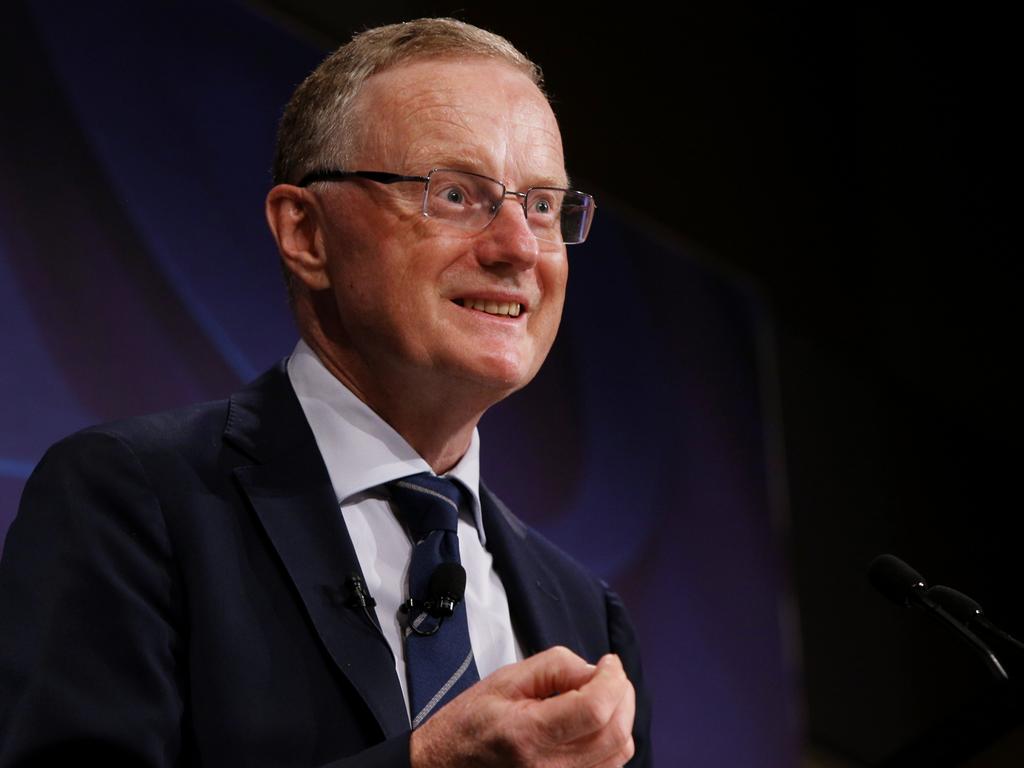
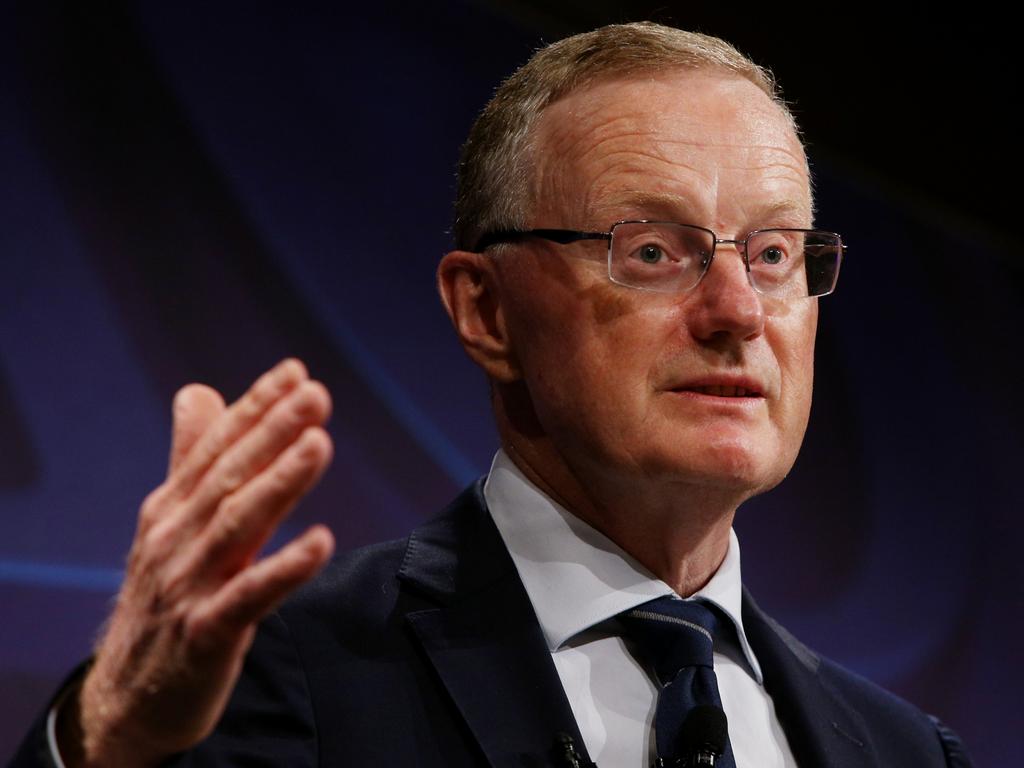

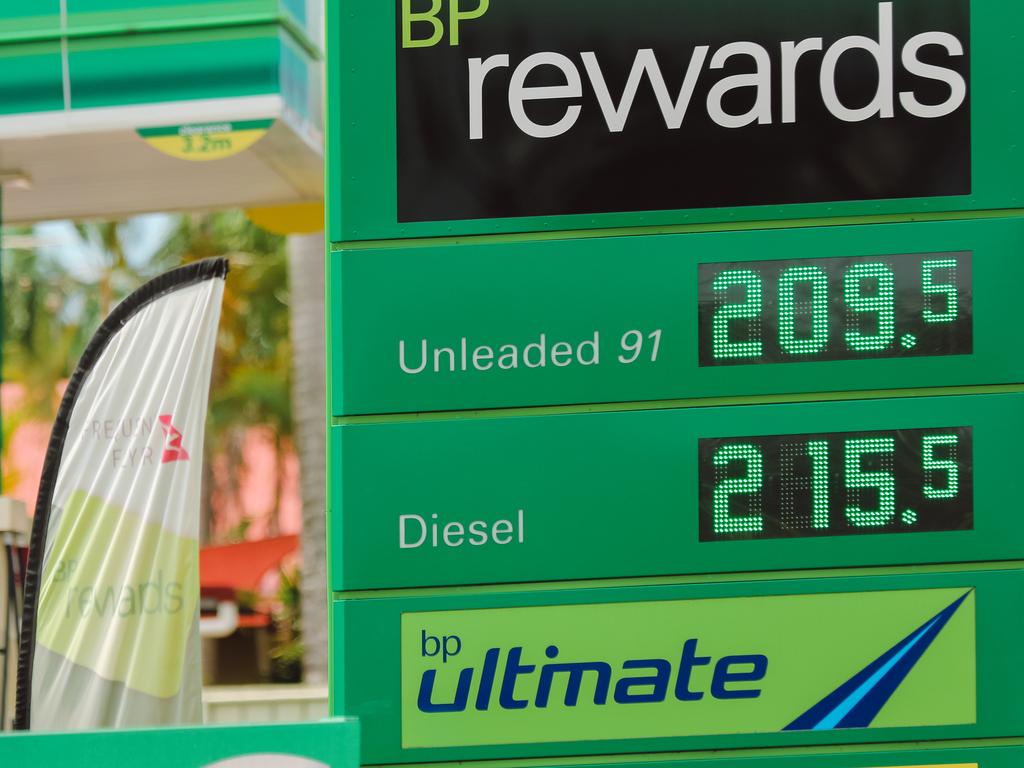
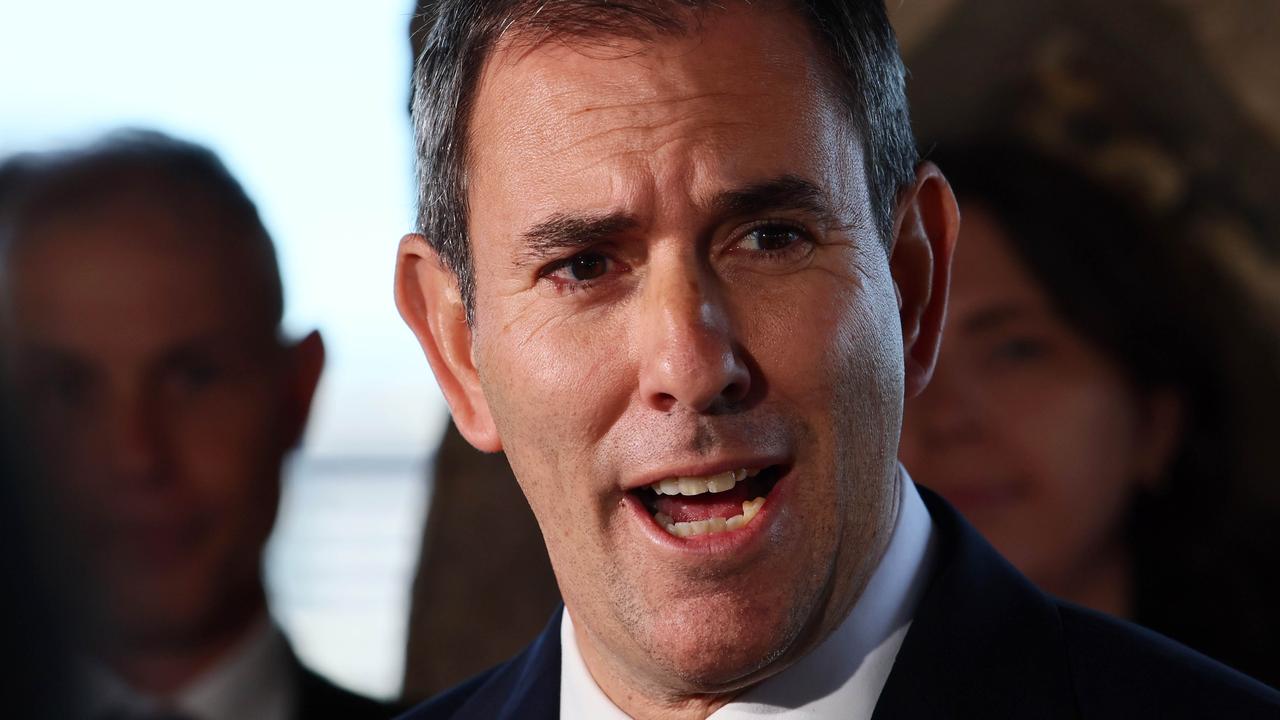
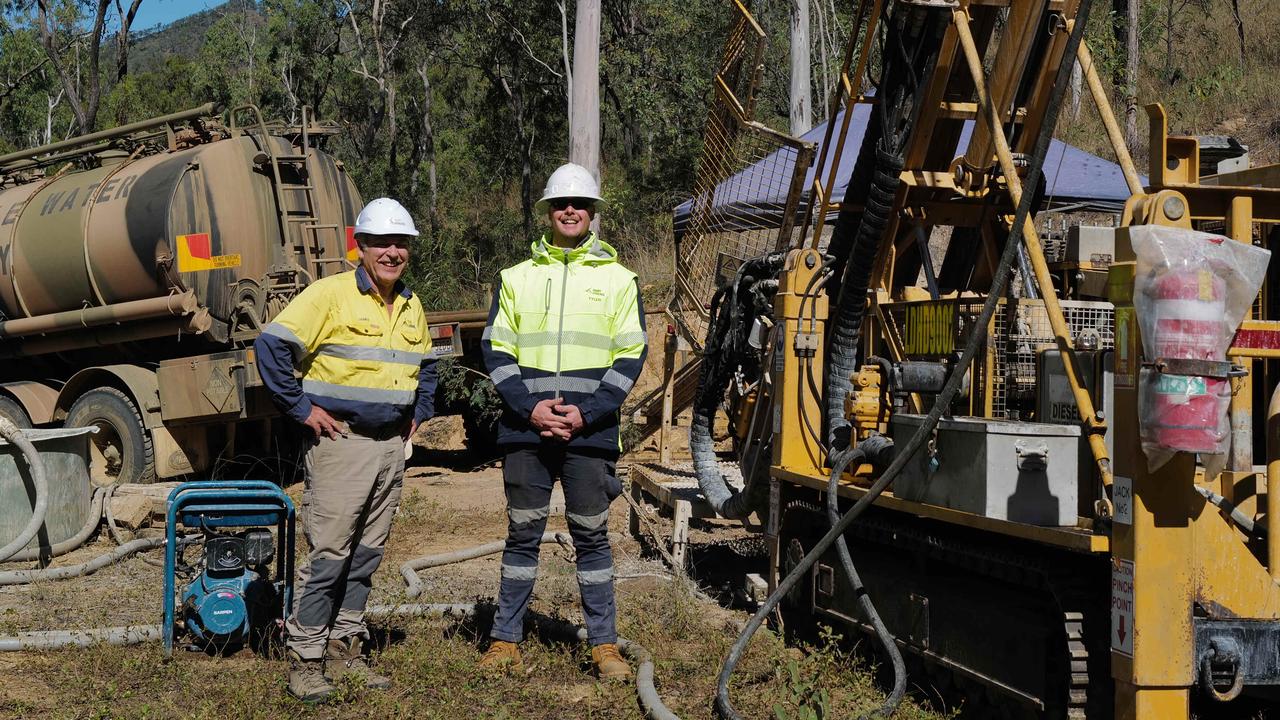
To join the conversation, please log in. Don't have an account? Register
Join the conversation, you are commenting as Logout